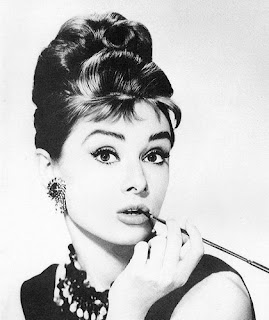Alphonse Mucha moved to Paris from Czech Republic in 1887 to continue his studies whilst working as an illustrator for local advertisements and magazines. In 1985 he designed a lithograph poster for a play which was displayed though the streets of Paris which is when his style became so popular, it became known as ‘le style Mucha' and soon after given the name of Art Nouveau French for ‘new art’.
This style was used in architecture and decorative arts echoing the themes of natural elements and plant-like characteristics. Mucha often produced series of prints that echoed the elements and seasons bringing the emphasis for this style to nature. The use of details produced through fine lines are balanced by the bold lines around the subject which is a technique still used today in comics/cartoons and illustrations. Mucha also often uses warm colours echoeing the beauty of the subject often being an elegant or goddess-like female.
Art Nouveau faded during the 20th century due to modernism but I don’t think there is an illustrator I admire more for bringing a style to life as much as him. His images are so beautiful in the detail, line, text and decorative pattern design. Characteristics of his style are still used today and i think people should know and appreciate its origin.
Ormiston, R. Alphonse Mucha Master works (2009). London: Flame Tree Publishing








